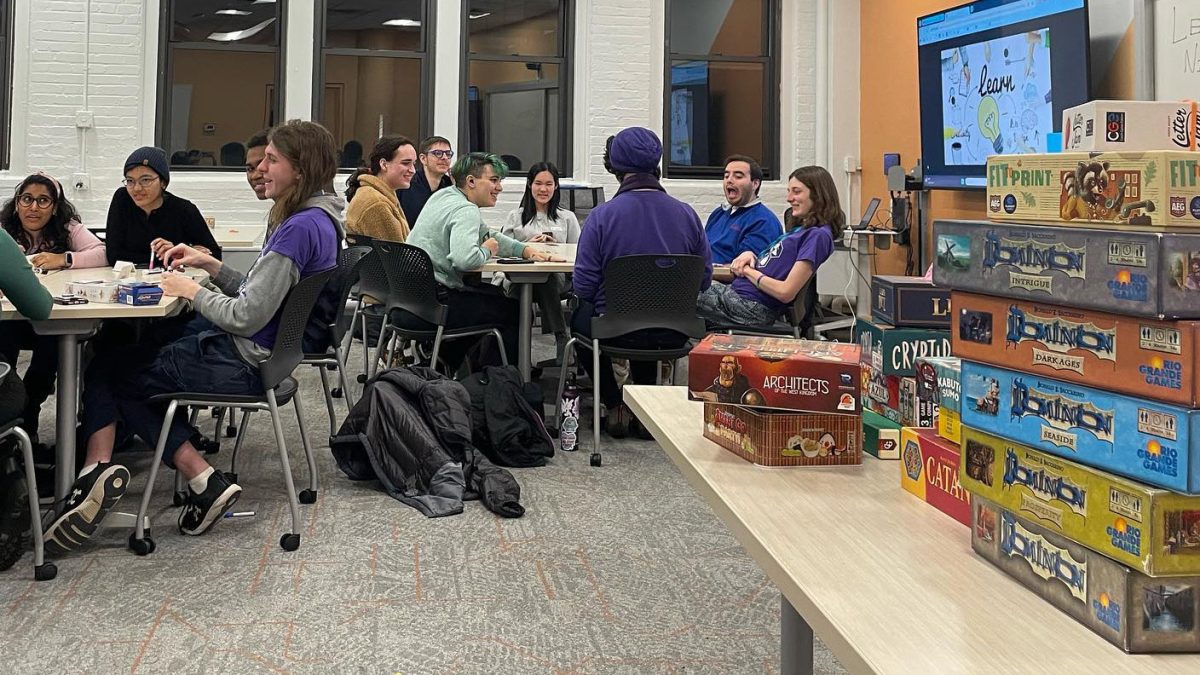By Stacey Perlman
Fast food is weighing America down while the country’s obesity problems continue to rise.
With the growing popularity of fast food chains, a study posted on <a href="http://www.CNN.com“>www.CNN.com on Jan. 5 suggests that people should slow down when it comes to fast food – especially children. According to the study, approximately one-third of U.S. children ages 4 to 19 eat fast food on a daily basis. This results in an extra six pounds for every child per year, creating a greater risk of obesity.
With fast food restaurants such as McDonald’s, Burger King and Wendy’s decorating the streets of every city, Northeastern students have easy access to fast-food restaurants.
Scott Taylor, a middler criminal justice major, said he eats fast food two to three times a week, “or whenever I run out of food at the house.” With little time between classes, he said, students don’t always have a chance to sit down and eat, thus making it easier to grab something that is fast and easy.
Besides being easy and convenient, fast food restaurants have also become meeting grounds for students.
“Fast food is a way for socialization now. It’s the only place available,” said Racheline Balassiano, a senior graphics design major.
Despite its convenience, speed and low costs, studies show that the fast food trend is starting to take a toll on America’s health. Another recent study, as reported by CNN.com, indicates that almost one-third of adults are obese while 15 percent of children are obese. This study also reveals evidence that fast food restaurants contribute to the obesity risk in children.
Jan Hagen, a clinical nutrition specialist with the Optimal Weight for Life Program at Children’s Hospital in Boston, said “obesity affects every single system of the body.” It can cause heart disease, hypertension, arthritis and orthopedic, cardiovascular and liver problems, she said.
Many fast food restaurants recently began to offer low-fat alternatives responding to the health conscious trend.
“It will take more than just changing the menu, but it is definitely a step,” Hagen said.
In order to prevent obesity and create better eating habits, it will take more than an effort by the food industry alone, Hagen said. Schools, the government and advertisements must also make that effort.
“[Fast food is] really hard to avoid. Anytime you walk in the student center you can smell it,” said Dr. Ellen Glovsky, a lecturer in the school of nursing.
However, she said, there are ways to improve eating habits right here on campus, even when fast food may be the easiest option. Improving eating habits can be as easy as grabbing a couple pieces of fruit from the dining hall or buying it in the grocery store. It is essential to consume a combination of five servings of fruits and vegetables per day, and that adding a piece of fruit to a fast food meal can “improve diets vastly,” she said.
However, Glovsky still advises that people choose healthier foods such as lean meats, whole grains, fruits and vegetables whenever possible. If they have to grab that fast food meal on the run, they can make it a little better with some healthier additions.
“It’s all about adding something in, not taking anything away,” Glovsky said.








